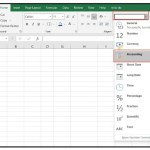Count Non-Zero Cells in Excel using COUNTIF

Count Non-Zero Cells in Excel using COUNTIF. To count the cells in Excel that are not equal to a specific value, you can use the COUNTIF function. To do so, you need to specify the range of values to check and the criteria that you want to test. Here’s an example: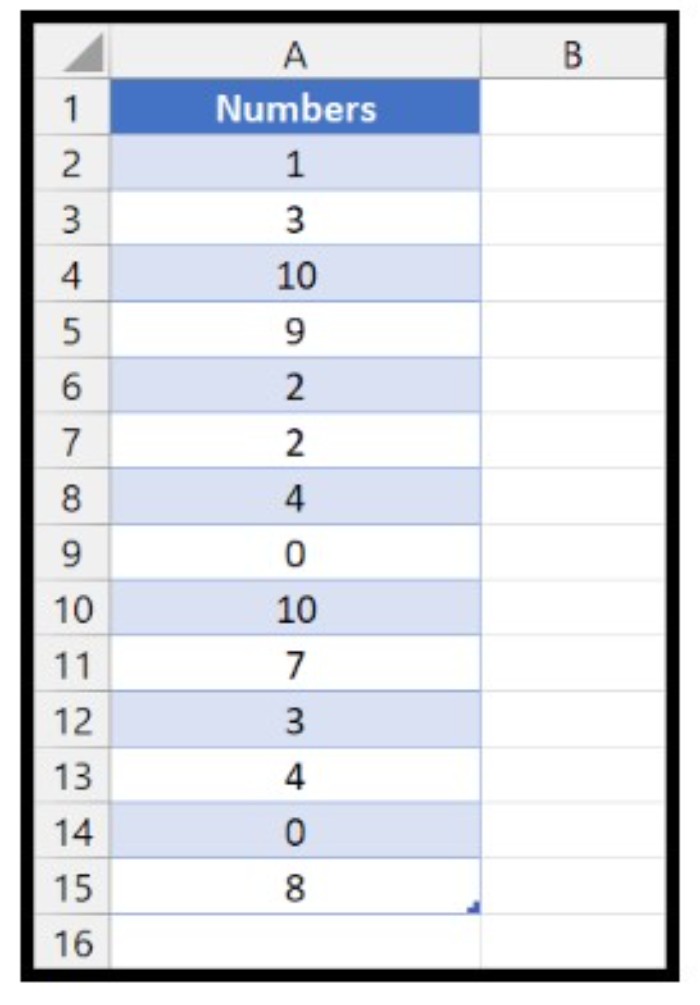
Count Non-Zero Cells in Excel using COUNTIF
Suppose you have a list of values in a range, and you want to count the number of values that are not equal to zero. In this case, you can use the following formula: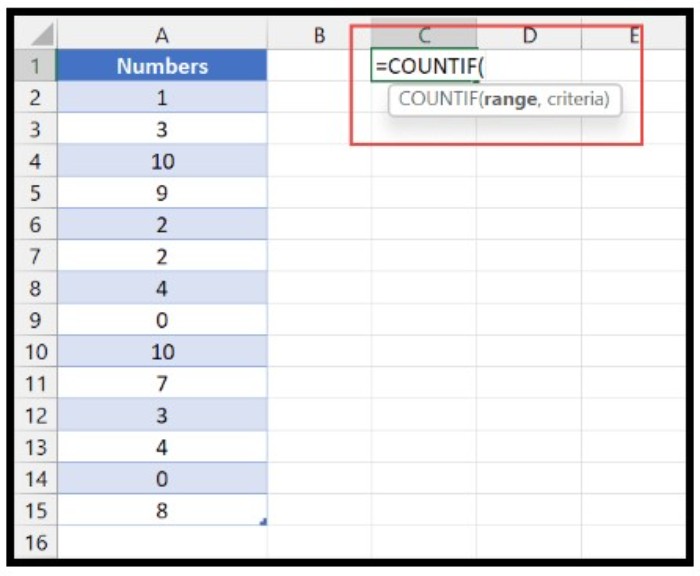
=COUNTIF(A2:A15,”<>0″)
Here are the steps:
- Enter the COUNTIF function in a cell and start the parentheses.
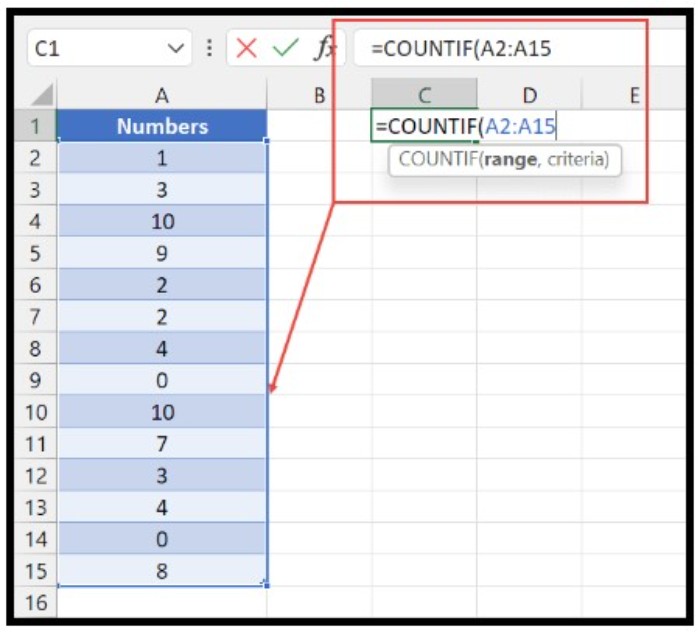
- Select the range from which you want to count the values.
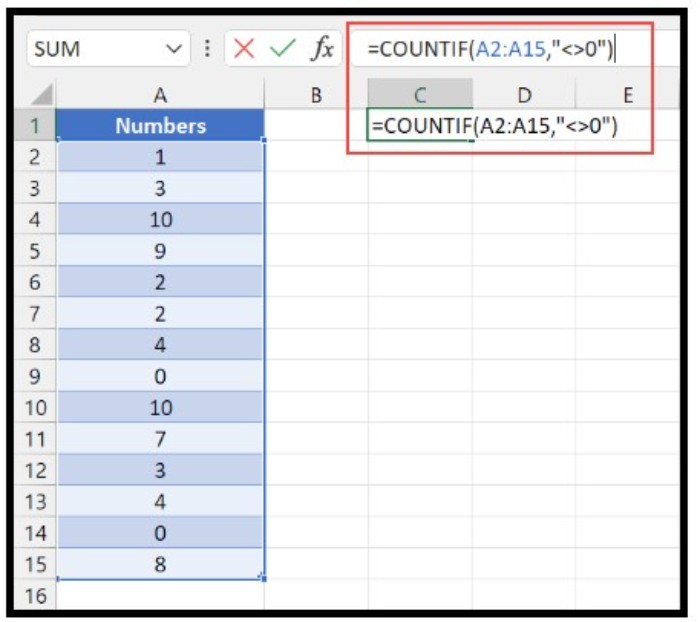
- Type a comma to move to the next argument.
- Enter the criteria you want to test, which in this case is “<>0”, and close the parentheses.
- Press Enter to get the count of the numbers that are not equal to zero.
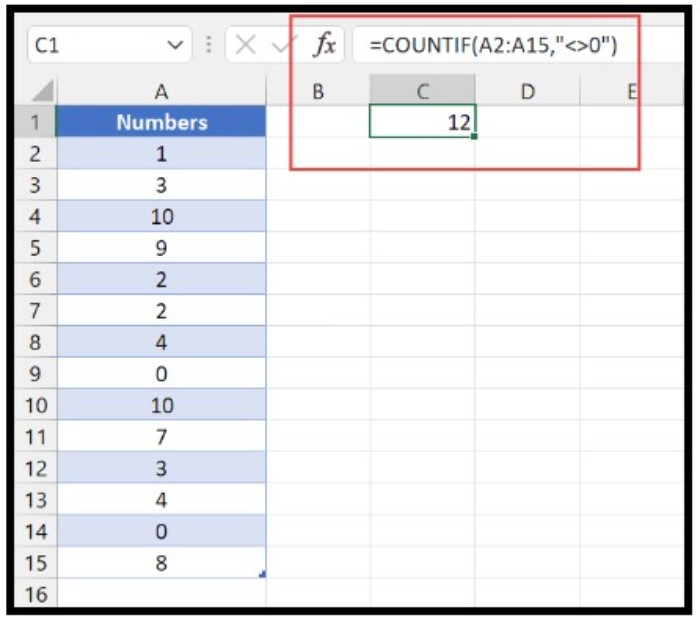
Note that the “<>” symbol before the zero means “not equals”. Also, make sure to enclose the criteria in double quotation marks.

